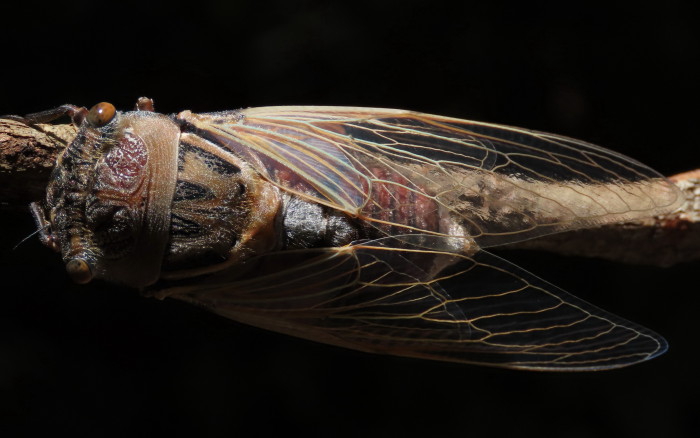
Every summer a few Noisy Pittas migrate to our forest from the lowlands to breed here (and possibly eat many leeches).
This juvenile was foraging, when it was chased away by an adult bird.

The adult Pitta then settled down in a sunny spot to sunbathe for a few minutes. The Pittas here are very shy, so I didn’t try to get closer for a decent photograph. What is interesting is the bright blue band on the rump. It is not easily visible when a Pitta flies past, and the bird books I consulted show the band much narrower and nearer the tip of the tail.

Cassowary Dad made a surprise visit, accompanied by one 10 month-old juvenile.

It might be a female, as she is quite large already, with very robust legs and big feet.

Today, a few days later, Dad and Wattle showed up here together, already very comfortable with each other.
More little cassowaries in the making soon…

A rare two-headed cassowary
















































